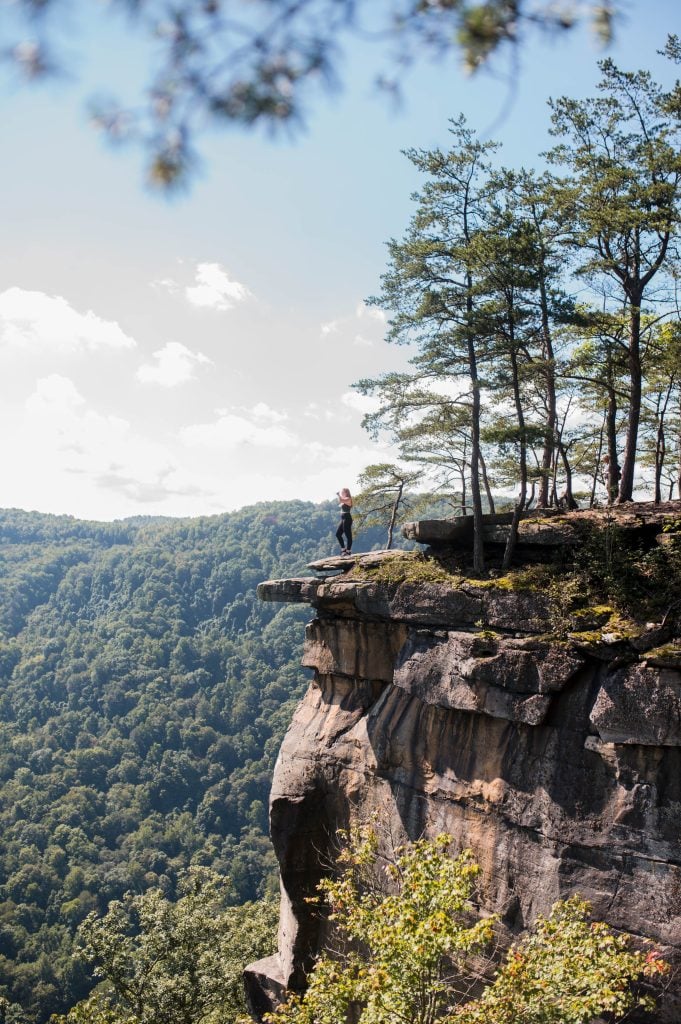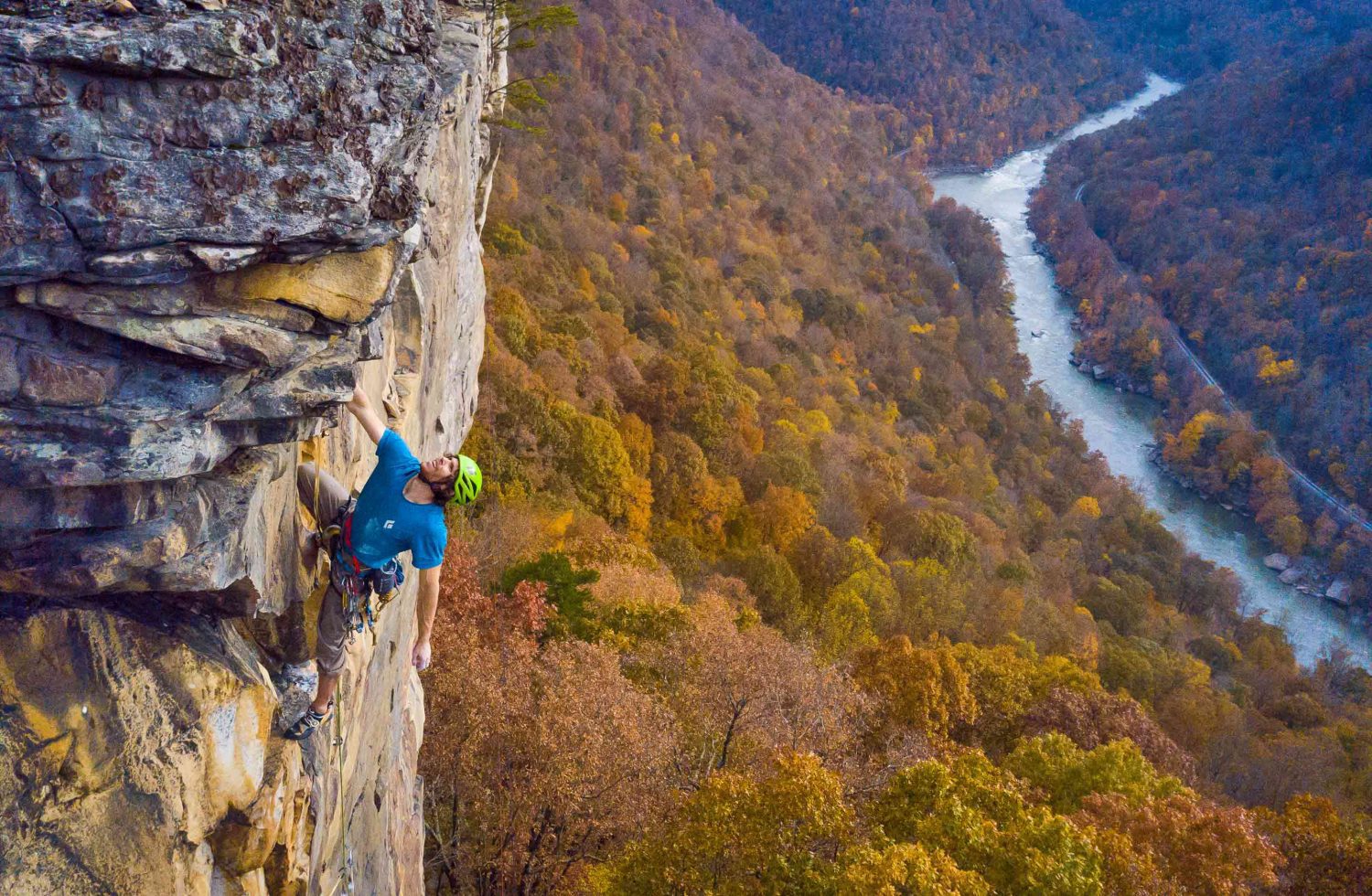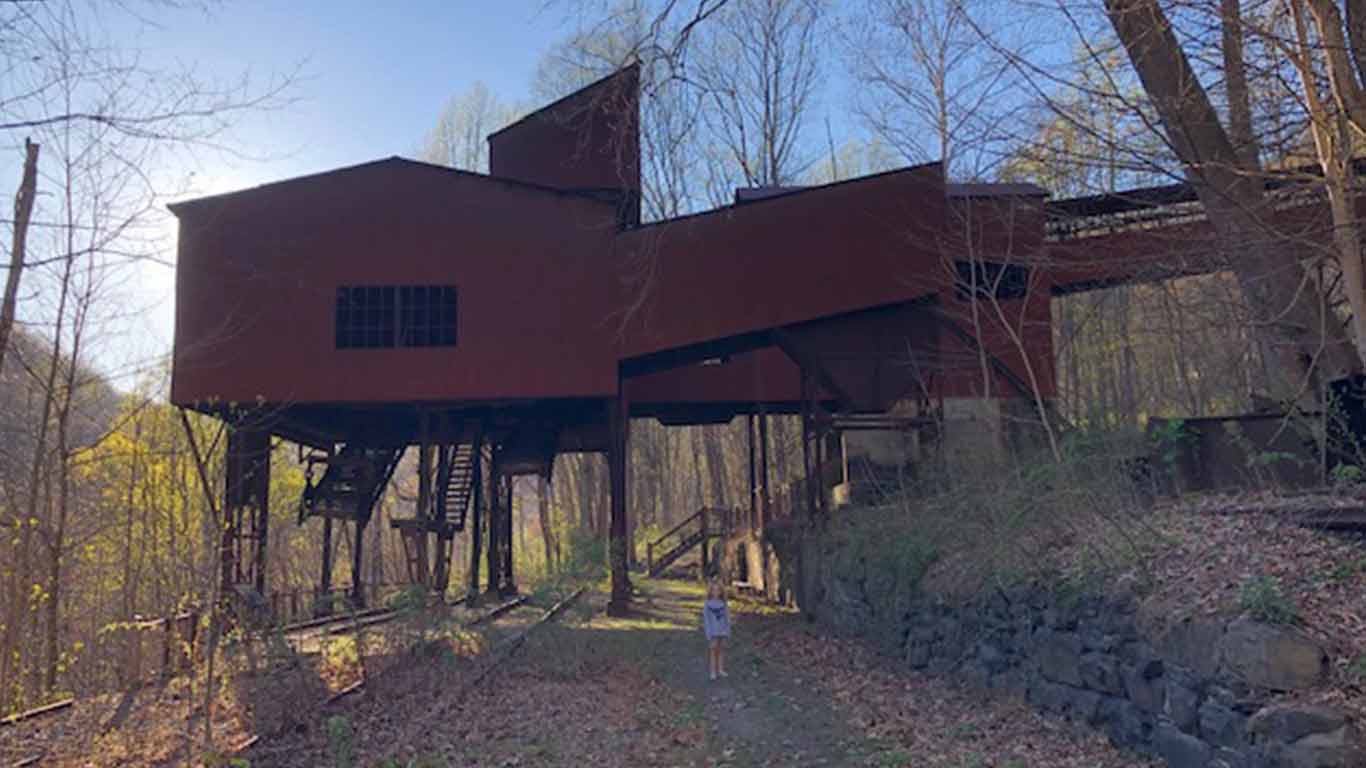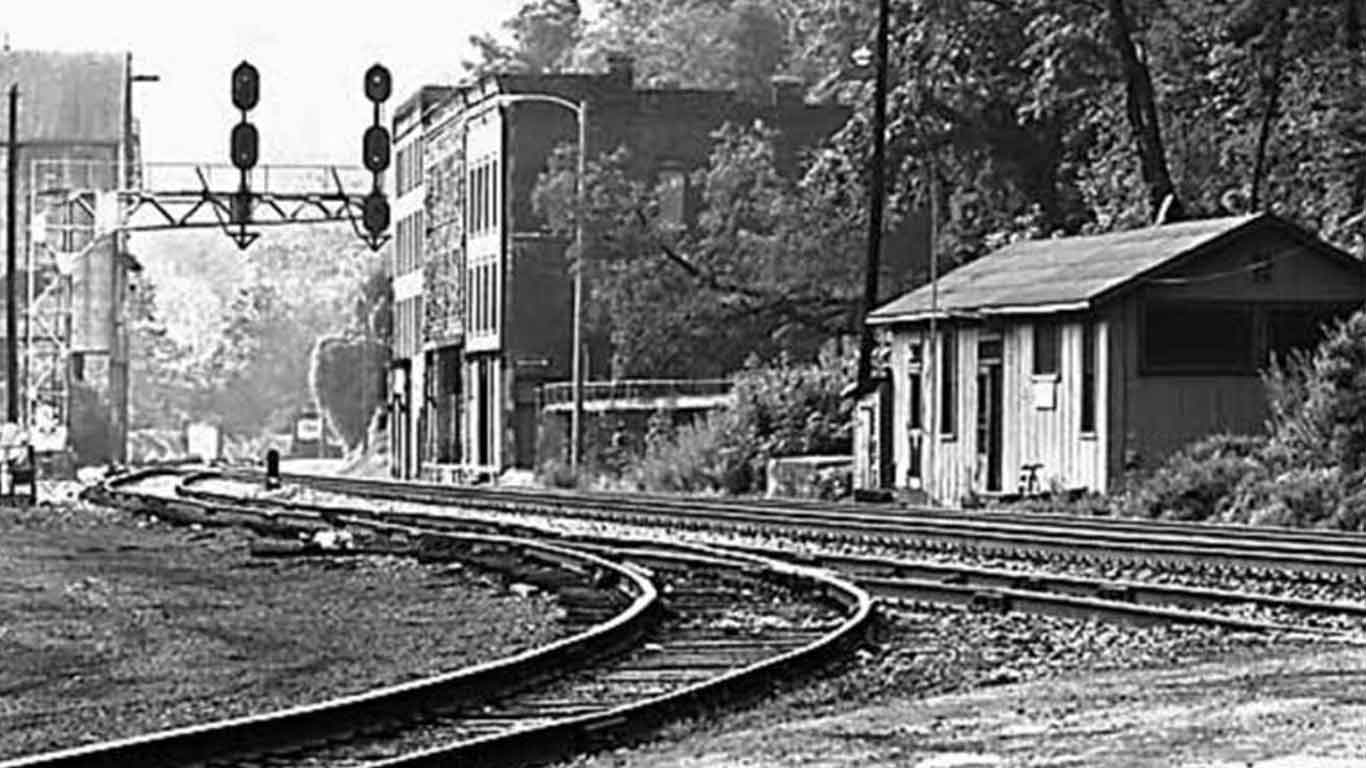
July 16, 2020
Coal Towns of The New River Gorge
The New River Gorge In West Virginia
|New River Gorge National Park And Preserve
|The Human History Of The NRG National Park
|Coal Towns of The New River Gorge
Let’s talk about New River Gorge coal towns!
The New River Coalfield was once one of the most prosperous coal mining regions in the nation. The New River Coalfield included over 60 mines, with dozens in the 14 mile stretch of the New River known as the New River Gorge. The coal mined from the seams of this coalfield were known for being high quality and low volatile, and miners prided themselves on mining the best coal in the nation. By the 1950s, coal mining in the gorge had disappeared, and now many of the buildings in these once thriving communities have returned to the earth. But, there are a few places within the Gorge where the traces of a once thriving mining life can still be seen.
During the heyday of coal mining in the Gorge, Thurmond acted as a social hub for the various mining communities within the Gorge. Coal barons banked at the banks in Thurmond, making the banks the richest in the entire state of West Virginia. With its convenient location beside the Chesapeake and Ohio Railway Line, 15 passenger trains a day rolled through Thurmond, and for some time, it was the largest revenue producer for the whole railway line. Across the river, the Dunglen Hotel thrived. Alcohol flowed freely and gambling was the sport of choice at the massive 100 room Dunglen Hotel, which holds the world record for the longest poker game ever (14 years!). By the late 1920s, as roads became and automobiles became more prevalent, Thurmond began to suffer. After the Dunglen Hotel was burned down in 1930, the town left its decades of grandeur in the past. Today, the town remains much as it once was, with storefronts restored by the National Park Service, offering visitors a chance to peer into the windows of history. Amtrak still stops in Thurmond, offering rides to Chicago, DC, or New York City, although the former depot is now a National Park Visitor’s Center. At the 2010 census, the population was five, making it one of the smallest municipalities in the nation. 
Miles downstream, Nuttallburg, one of the first mining towns in the New River Gorge was established in the 1870s. John Nuttall started buying land around the Keeney’s Creek drainage in order to establish his town, and he was ready for operations when the railroad line was completed in 1873. The town prospered as New River Smokeless Coal became the gold standard, and at one point, over 100 homes were perched on the hillside. In 1920, Henry Ford purchased the mine as part of his attempt to own every part of the process of his automobile manufacturing. Improvements were made to the town and the mine was modernized under Ford, who renamed the mine The Fordson Coal Company. The mine was eventually sold and closed for good in 1958. In 1998, The National Park Service acquired the town and the remaining mining structures, and now you can tour what remains of Nuttallburg. The conveyor and tipple remain incredibly well preserved, and many of the coke ovens and foundations from larger buildings can still be seen. Nuttalburg was added to the National Register of Historic Places in 2005. Nuttallburg remains one of the best preserved examples of an early West Virginia coal mine, and a testament to the industrial revolution.
On the other side of the river, not far from Nuttallburg, the Low Moor Iron Company established their mine, Kaymoor. Kaymoor’s first load of coal went out in 1900, and it then became one of the largest and most productive mining operations in the New River Gorge. Kaymoor was divided into two sections, Kaymoor Top and Kaymoor Bottom. A mountain haulage system (an incline) transported miners from the company towns at the top and the bottom of the mountain to the mine site. The coal was washed and processed on site before it was loaded into train cars at the bottom of the gorge. Much like other mining towns during the era, miners were paid in scrip, instead of US currency. This scrip was minted for each town, and could only be used for rent (the company owned the town, the mine, and the homes) or at the company store in the town. This method of payment has since been banned, but some coin collectors collect scrip from places like Kaymoor. Kaymoor ceased operations in 1962, and the town was later acquired by the National Park Service. Today, visitors can descend over 800 stairs to see what remains of Kaymoor, although much of the town has succumbed to nature. Some equipment and metal structures remain as memories to the bygone era of mining in the New River Gorge.
Visitors to The New River Gorge National Park and Preserve can learn more about mining history at the Canyon Rim Visitor’s Center. The rich history of mining in the New River Gorge is part of the unique culture that winds its way through the Gorge, and is present in her people, her mountains, and her rivers.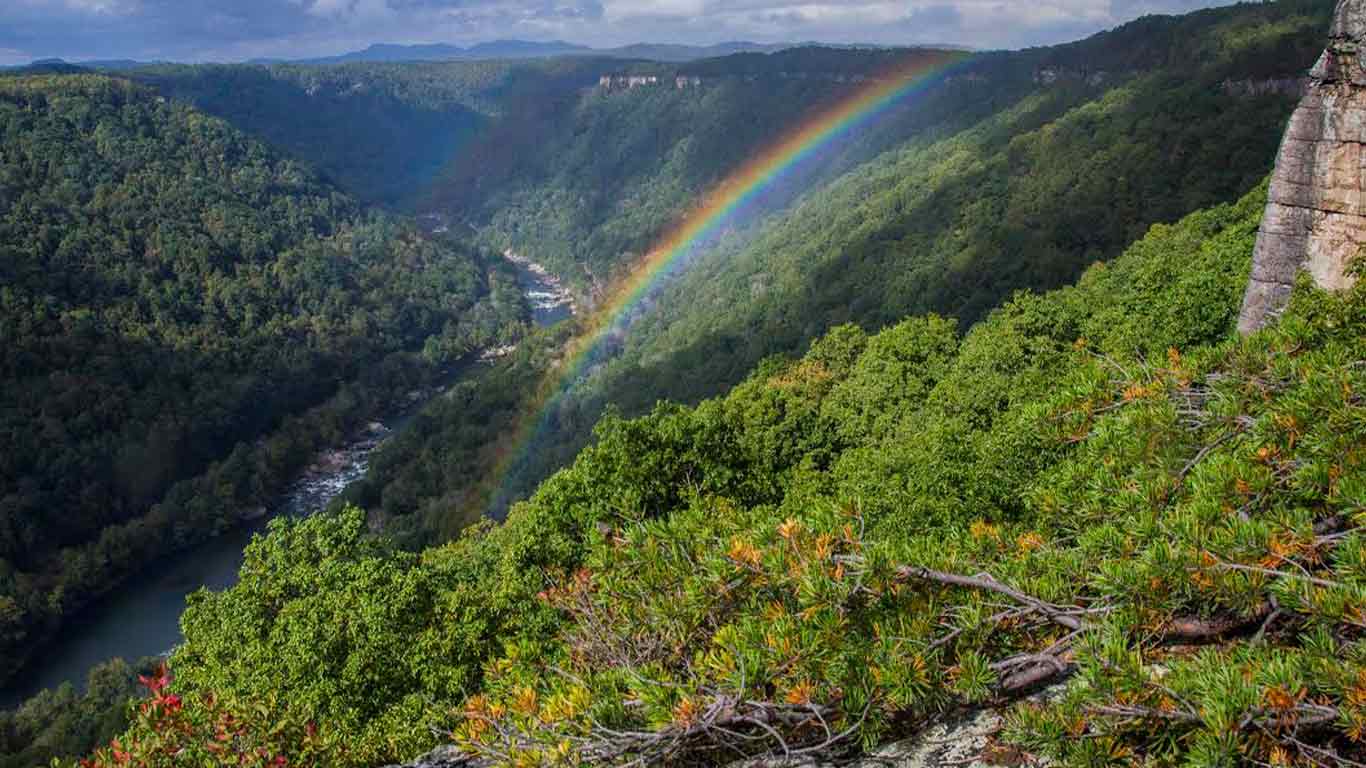

Bringing you all the latest whitewater rafting, adventure, and all things ACE from the New River Gorge of West Virginia for over 40 years.
